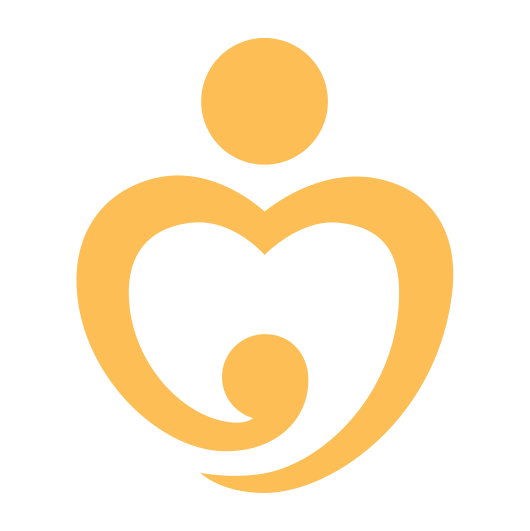
Q1 Report 2022
January - March
Dear OHW friends and family
2022 started strong for One Heart Worldwide. Thanks to low COVID numbers in Nepal and increased program cost-sharing by our local municipality partners this past quarter, our district level teams have been able to achieve and exceed most of their program targets.
We are also very pleased to be able to report that our five-year Project Agreement with the Social Welfare Council was signed. This agreement is the basis for all of the work we do in Nepal and it outlines all of the program activities that OHW will undertake over the next five years in our current active program districts and in our 15 new districts, as well as the supplemental program activities targeted at our completed district of Dolpa.
We invite you to explore our report and learn more about what has been happening on the ground in Nepal.
Sincerely,
Dr. Sibylle Kristensen,
COO, One Heart Worldwide

Program Delivery

Program Highlights
-
A combination of improved field conditions (no monsoons and no COVID-related restrictions) and increased participation in our virtual training sessions by 35% created optimal conditions and exciting progress towards our Q1 targets. Additionally, we are pleased to share that as the improved COVID conditions alleviated some of the pressure on local budgets, our local partners were able to increase their cost-sharing efforts which is what also allowed us to exceed several targets as well as some of our Q2 targets. The rural municipalities funded 50% of the participants of our community outreach provider trainings and 25% of the participants of the local stakeholder trainings this past quarter, expanding our capacity to reach additional trainees. Local municipalities also funded 50% of two additional eHealth trainings that were deployed in Kavrepalanchok District as a part of the expansion of the electronic health records system in rural Nepal.
-
Signed in February of this year, our new five years project agreement with the Social Welfare Council (SWC) outlines OHW’s priorities and activities to be addressed in Nepal over the next five years. It is essential to ensure continued alignment with our government partners and formalize our path to continue our current program activities in our active program districts, as well as in our 15 new districts from the Madesh and Karnali provinces and provide supplemental support to our completed district of Dolpa. As a part of the renewal process, our team conducted an in-depth review of our program performance over the last five years and we are happy to report that we successfully met all targets outlined in our previous Project Agreement.
-
Within our new Project Agreement, we are prioritizing efforts to strengthen our partnerships with the new provincial governments. Subsequently, we have been actively engaging provincial-level government officials to review our program aims and have signed an amendment to our existing memorandum of understanding (MoU) with the Ministry of Social Development (MoSD) of Madhesh Province. This amendment further defines our provincial level partnership within the broader context of our new Project Agreement towards increasing provincial level program ownership to better support maternal and neonatal health in Madhesh province.
-
In alignment with our 3-year Strategic Plan, our team has been developing the partnership agreements, manuals, and policies necessary for our new district level Non-Governmental Organization (NGO) implementation partners in order for us to start our program activities in our new districts. We have also developed new program implementation guidelines to ensure our program activities are implemented as per our program mandate.
-
After months of hard work in partnership with the National Health Training Center, the updated learning resource package that we jointly developed for SBAs enrolled in the 3-week rural ultrasound training program was formally approved by the Government of Nepal. This package includes a reference book, a facilitator’s guide, a learner’s guide and a logbook for learners.
-
In our program districts, the MNH helpline supported 24 emergencies and the telehealth program facilitated ANC sessions with 3,713 pregnant women and PNC sessions with 1,434 recently delivered women. Additionally, a one-day workshop was organized to disseminate the findings of our evaluation of the MNH helpline. Feedback was positive from the Government representatives attending the program, who felt that the MNH helpline was a very relevant program for maternal and newborn health in Nepal and supported investment in the national scale-up of the program.
-
Access to COVID vaccines is particularly important to protect pregnant women and in Nepal this access is hampered by the lack of appropriate available cold storage facilities. As a part of our COVID response, we teamed up with Direct Relief to support the Government of Nepal’s COVID vaccination capacity and build a facility able to appropriately store COVID vaccines. This quarter saw the completion of the plans and bidding process for the building and received all necessary governmental approvals. This progress is critically foundational towards making the overall effort possible and paves the way for building to commence.

Research & Development
-
Successfully expanding the program to include Sarlahi and Myagdi districts, we trained 10 SBMP mentors (6 for Sarlahi and 4 for Myagdi) and set up 4 skill labs (3 in Sarlahi and 1 in Myagdi) as part of this program. We also completed pre-assessments for 5 sites in Sarlahi and 4 in Myagdi and collected baseline data at 32 sites in Sarlahi and 16 in Myagdi. We successfully ran 43 monthly SBMP sessions this quarter (21 in Udayapur, 13 in Dolakha, 5 in Sarlahi and 4 in Myagdi).
-
The external research team completed the data collection portion for the endline survey to assess our program impact in Dhading, including both quantitative and qualitative data collection processes. The data is currently being analyzed and we expect the report from the external research agency in Q2.
-
Data entry is ongoing for the HMIS 3.6.1 pilot project in Sankhuwasabha. We expect this process to last until the end of Q2. Our team continues to support the participating healthcare providers by troubleshooting any issues they may encounter during the data entry process, either on or offline.
What are we reading & Listening to this quarter?
Another baby’s life is saved in rural Nepal - Nepali Times Article
Born by the roadside in Nepal - Nepali Times Article
Surya Bhatta, a champion for the well-being of pregnant women and newborns in Nepal - Philanthropod Podcast Episode
An Interview with the One Heart Worldwide Nepal Team - International Immersion Podcast Episode

Story from the Field
Nagina Kumari U. was barely 18 when she gave birth to her first baby at Urampokhara Health Post in Bihadi Gaunpalika. She recalls how inconvenient it was to deliver her baby here. It had a birthing facility but hardly qualified as one. The conditions were so deplorable that most mothers from this rural municipality ward refused to visit this birthing center.
“Today, there has been a big transformation with help from One Heart Worldwide, which has provided a lot of guidance on how to make improvements,” says 21-year-old Nagina, who has now joined the birthing center as the nurse.
Urampokhara is among the 20 rural health facilities that OHW has been helping to improve in Parbat district. Parbat is one of the new program districts where OHW has been implementing its maternal and neonatal health programs in partnership with local governments since 2021. When the One Heart team started work in Bidahi Guanpalika in July 2021, the Urampokhara birthing center was in a deplorable state. It was just one poorly maintained room with only a wooden bed used for both antenatal checkups and birth delivery. There was no privacy for the pregnant women. The health post management committee team were not active. There were no emergency kits to deal with complications. There was no nurse trained as skilled birth attendant (SBA). The hygiene conditions were poor and there were no emergency kits in case the nurses had to deal with pregnancy complications.
Read the Full Story >












